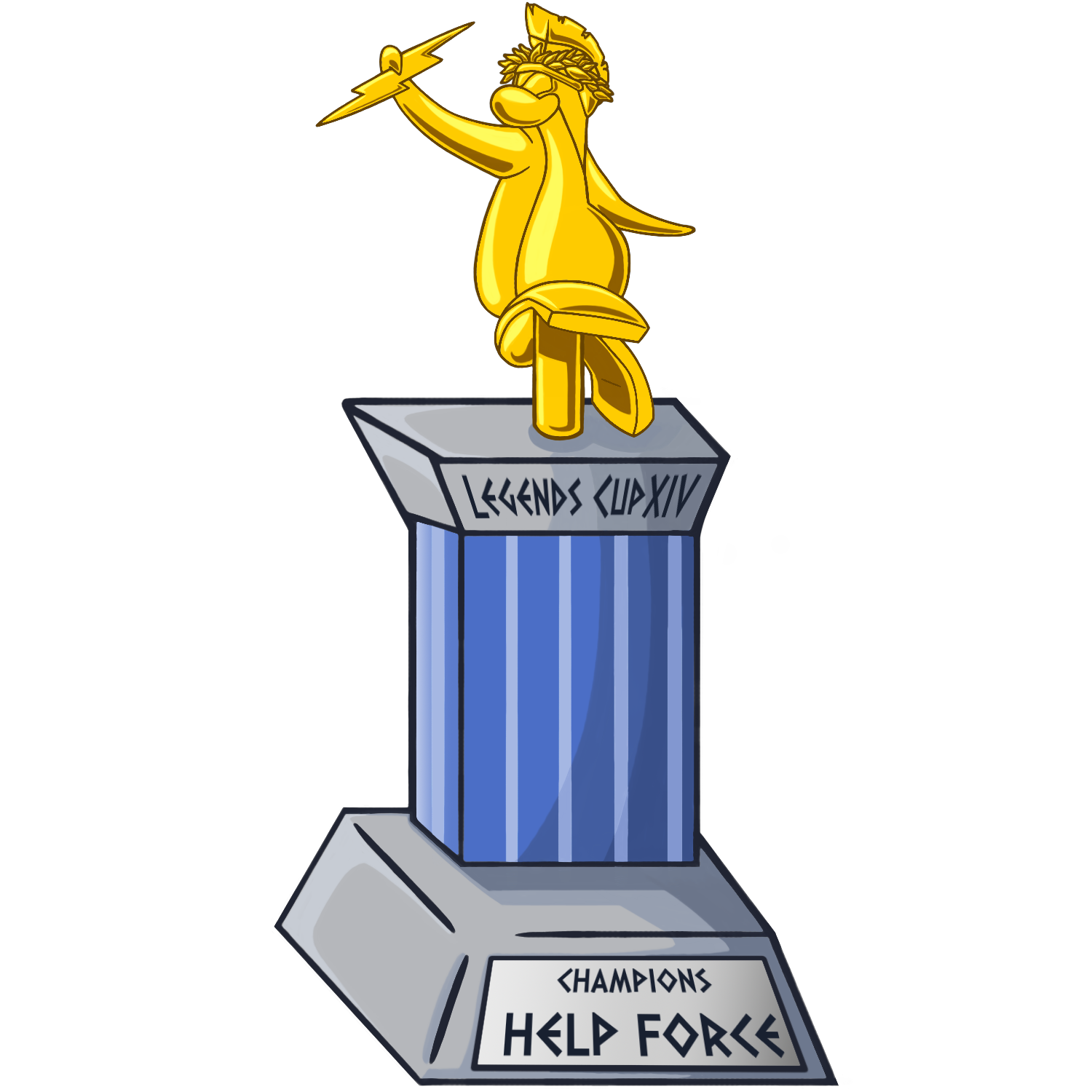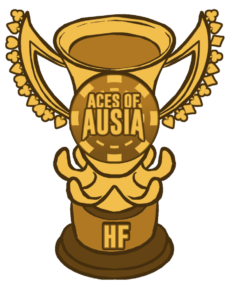Sup Helpers! Night here, reporting from Acodo’s Dungeon, with a new Series! In these series I will be Teaching y’all many things! Remember to DM me if you have any specific topic in mind to learn!

We will start today’s post with the Simple workings of a Car Engine!
If you have taken a careful look at the engine, you will know it consists of various parts, ranging from Pistons to spark plug.
In this Post, we will be studying about a I-4, this means An engine consisting of 4 Pistons, arranged in a single line.
Let’s start with the Pistons itself.
Piston has a few important parts, which are:
1) Piston itself
2) Cylinder (Piston are stored here, the 4 stroke cycle happens here)
3) Intake valve (Puts a mixture of Fuel and Air into the cylinder on the first stroke of the 4 stroke cycle)
4) Exhaust Valve (Takes the combusted mixture out of the cylinder on the 4th stroke of the 4 stroke cycle)
5) Connecting rods (Transfers the energy gained on the 3rd stroke of the 4-stroke cycle to the Crankshaft)
6) Spark plug (ignites the fuel air mixture on the 3rd stroke of the 4-stroke cycle)

This type of engine uses 4 Stroke Cycle. A stroke is the movement of the piston from one end of the cylinder to another. They are :
1) Piston Goes down: Intake valve is open, putting fuel and air in the chamber
2) Piston goes up: With both the valves closed, the fuel and air is compressed
3) Piston goes down (power stroke): the spark plug ignites the mixture and forces the bison to go down. The force which is generated is transferred by a connecting rod, to the Crankshaft.
4) Piston goes up: The exhaust valve Is open, which intakes the combusted mixture of fuel and air, out of the car, by connecting to the exhaust pipe.

The Cams, on the Camshaft, control the timings of opening and closing of the Valves (intake and exhaust)
It is connected to the crankShaft by a Timing Belt.
The CrankShaft itself controls the movement of the pistons and has counterweight for smooth revolutions. It is also responsible to translate the power out of the engine.
The RPM (Rotations per Minute) meter on the dashboard, counts the revolutions made by the crankshaft, and not the tyres.
The Engine block holds the crankshaft and pistons, while the cylinder head holds the cams, camshaft and valves
A geared flywheel is connected to one side of the engine block, this further connects to Transmission (Gear System). Here, is also where the starter lies, It is a small gear, with the same tooth size as the flywheel, powered by the Battery of the car, to Rotate the flywheel, which results in the moving of pistons, the starting of 4 stroke cycle, and thus starting the engine.

So, Thats all for today folks! Let me know if you got to learn something new! Comment below or DM Nightt if you want to learn a specific Topic! 
Filed under: Best CP Army, Club Penguin, Club Penguin Army, Help Force Army, Help Force Club Penguin, Help Force CP, HF CP, HF of CP, Original Stories, Web Series Tagged: | Car Engines, Help Force, HF Columns, HF CP, Night hf, Nightfury HF, Something New!, Web Column, Web Series















Your Answer (no email required)